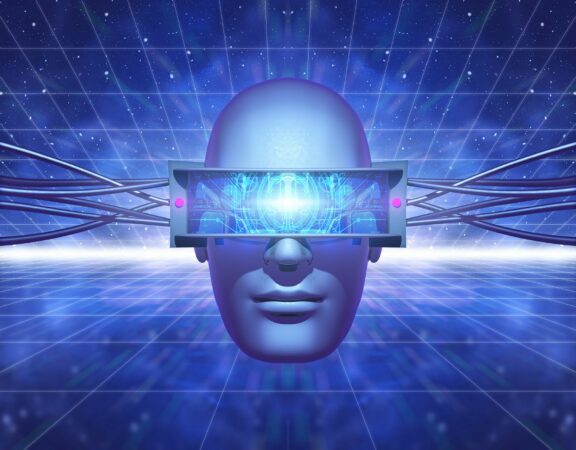
One interesting field of AI or artificial intelligence is CV or computer vision. Computer vision enables devices and computers to deduce various meaningful information derived from digital images. What about deep learning for computer vision?
Deep learning is a machine learning part that focuses on artificial neural networks. Artificial neural networks are algorithms that are inspired by the function and structure of the brain. Explore more about computer vision and deep learning by keep reading.
What Is Computer Vision
CV is one type of artificial intelligence that is using some algorithms in artificial neural networks form. This enables computers and systems to interpret and gather information from various visual inputs like videos or images. Based on the details, computers will take action.
Also, computers can make recommendations for users based on the gathered information. Because of computer vision, many devices can now able to observe and see and understand various visual inputs. Computer vision works like human vision, but it is superior to human vision.
Systems that are equipped with computer vision will be able to inspect and also analyze products in thousands of numbers or process many things only in a few minutes, unlike the brain of a human.
Using Deep Learning for Computer Vision
Deep learning will get momentum in CV. This is because a lot of tasks in computer vision can be easily solved using the neural networks of deep learning. You are about to see some tasks of computer vision where you can use deep learning methods and make greater processes.
1. Object detection
Computer vision techniques can perform two types of object detection. The first one is two-step object detection and it requires RPN or region proposal network. And then computer vision is going to provide some candidate regions that contain some important objects.
Next, the region proposals will be passed to the architecture of neural classification. The approaches can be accurate but will take more time.
Another object detection type is one-step object detection. This one combines the classification and detection steps after regressing the predictions of the bounding box.
2. Image classification
Image classification is the process of adding a label to a photograph or an image. An example of image classification is “detecting the possibility of cancer on the x-ray”, “handwritten digit classification”, or “face detection on a picture”.
3. Localization in Image classification
This computer vision task requires a specific class label for the image while also displaying the object location in the image by leveraging the bounding box. The box will be drawn around the object of an image or a photograph.
4. Object segmentation
Another task in deep learning for computer vision is object segmentation. This is a process of line drawing around every single object that is seen in a picture or photograph.
5. Image style transfer
Style transfer is also known as neural style transfer. The process starts by learning style from one or some images. And then the style from those images will be applied to the new ones.
6. Image colorization
This image colorization task or neural colorization is going to turn images in grayscale into full-color images.
7. Image reconstruction
Another computer vision task is filling the corrupt or missing areas of a picture. This task is known as image inpainting and image reconstruction.
8. Image super-resolution
Then, another task in computer vision that needs help from deep learning is the task of making a new version of a picture. The new version of that picture should have much better detail and resolution compared to the original one.
9. Image synthesis
This task in computer vision is a process of making specific alterations for the whole new images or the existing images.
10. Pose estimation
This task is a special method that will determine the position of joints in a picture of an object or a person. This is used with both 3D and 2D images.
From the list above, you know some common tasks in computer vision. However, those aren’t the only applications of deep learning for computer vision. With the help of deep learning, computer vision can recognize objects, faces, and motion.
Deep learning also enables computer vision to estimate the pose and segment the semantic. By learning about the fundamentals of computer vision that is using deep learning, you’ll be able to create a deep learning application of your own.
